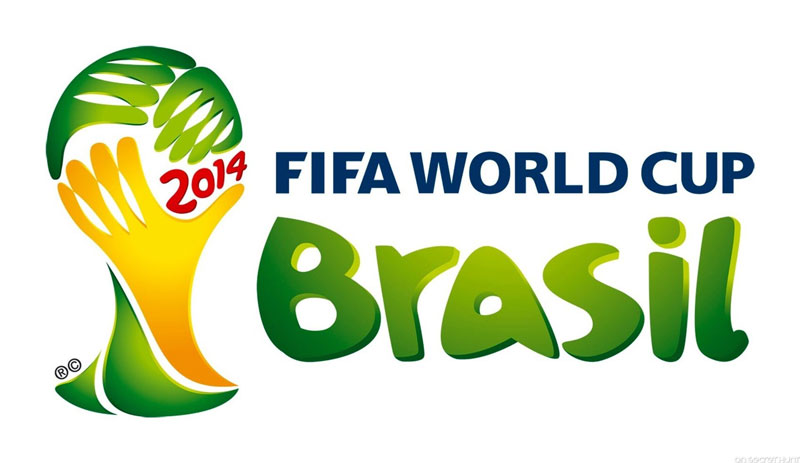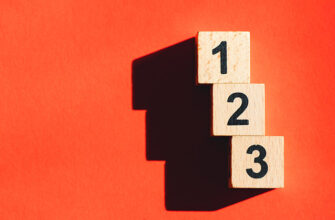Designing is not just about art, there is an exact science involved. To convey the impression of an entire company through one image, to be able to communicate to millions of people through the medium of one single design, to have a timeless recognition by means of a single logo or a monogram creation is truly a marvelous achievement. The amount of hard work and the busloads of creativity that must go in creating that one perfect look are undoubted, as anybody who has ever held a pencil to draw a sketch would know just what it means to have a perfect design.
But there are several factors that can help a designer achieve his goal of creating the perfect image, the kind of work that not only satisfies his customers, but is timeless, and gains them a long term client as well. By creating what we call a Happy Design, every designer can certify a good credit to his name, not to mention fat paychecks and future recommendations!
What is a Happy Design?
It is not just a design with a smiley in it; a Happy Design is an emotional design, something that enables the customers to connect with the company on a personal level, an image that immediately brings some form of emotional contact, inspires some wonderful feeling of either joy or confidence and pleasure. For instance, the arrow in the Amazon’s logo not only projects the swiftly working site which takes you from A to Z, it also creates a smile and the golden color of it gives off the feeling of joy at being able to serve.
All such feelings have the quality to create a lasting impact, that when they are generated they form a bond, and whenever the image or the logo is revisited, it triggers the same feelings of closeness and sense of security that the customer has associated with the said brand.
Every Brand’s ‘Happy’ Is Different:
There cannot be fixed criteria for creating a positive image, because to different products, it pertains to different ideologies. For instance, for an insurance company it may mean projecting the idea of security, whereas, for a bakery having the right positive image may mean recreating the aroma of freshly baked mom’s cookies. For an express mail service, the speed and reliability of their service is their ‘happy’, like FedEx uses the negative space in its simple design to stress their speed, and for children’s store, the cuddly playful impression is what will make their logo click.
The designs that are considered the most successful are those which have communicated a certain message to their target audience, have created that lasting impact and that lingering feeling of affection in the minds and hearts of their consumers, like Walt Disney’s famous Mickey Mouse, which is known globally for its brand. It does not matter if it is a web design or a detergent soap bar; it’s really the thought behind the design that counts. It is all about human nature, and how we connect with others on a basic level. Consider these logos that give you an instant feeling of warmth and cheerfulness:
How Designer Should Perceive Emotions In Design?
It is imperative for a designer to understand his client’s ideology, along with the message that the given product is supposed to convey, combined with the audience that the design is aimed at. It is a very tricky business, and designers walk a very tight rope while doing it. It does not sound possible when you think that a designer is supposed to incorporate so many details into one design, and then try to make it as appealing and emotionally captivating that a consumer is drawn in and hitched onto the product for a long time. But that is the way it works! If a design is not well thought out, not only will it not be able to compete in its market, it will also be unable to attract the customers, let alone connect with them. The disaster of London Olympics 2012 logo is a blatant example of a design gone horribly wrong, and the same goes for the 2014 FIFA World Cup logo, many people were unhappy with the mixed message the design conveyed.
The same theme is applied when it comes to web designing. People tend to re-visit a site, especially, if their first experience was a happy one where they could easily navigate themselves without too many directions to follow. If a website is designed with the highest possible amount of care and thoughtfulness for the customers, they are very likely to visit again and also recommend their family and friends. Everything from the size and color of the words to the most vibrant image that gives a feeling of freshness to the design is important. And if the experience is one of satisfaction, the customer is hooked on to the use of the site again in the future. That is also a facet of happy designing.
Logos Based On Happy Designs Can Get You Viral!
Imagine going from one hundred users to one thousand users in a matter of weeks…. Sounds stupendous, right? But that is exactly what we are talking about. When a logo design has the impact of being friendly, cute, and joyous and spreads the feeling of warmth and friendship, it attracts customers. One satisfied customer is the key to your success, because he then becomes your advocate, he will urge his friends to visit the place that gave him a good experience, a sound service, made him feel welcome and looked after. A good impression can take you many places, help your business grow faster and create more contacts than you thought possible.
Consider feelings that the general public has associated with Apple Company, or the kind of power Nike enjoys among other sports-wear brands. It is all about conveying the right message, captivating the customer’s heart and getting it connected with the image of the brand. This is why several milk carton companies use the face of a healthy cow on their covers, or the social media websites create logos which are almost always involving the color blue, to portray the message of freshness and cleanliness. The beautiful babies that are printed on the diaper packages are there to involve the mother’s feelings of security and safety that by using this product your child will remain in good hands. The baby smiling out of a Gerber’s product box makes you want to smile too, for it triggers that feeling of love that your baby always deserves and automatically, women are drawn to such products.
According to the article by Monster Post, the main factor in happy design is User Delight, and the design that achieves this is assured success for a long time. Making a product earn long life and ensuring it a place in the hearts of its customers is a difficult piece of work, and the only way to do that is by making the design an emotionally connecting, heart touching experience, so that the customer is drawn into the feeling, and his sense of familiarity and comfort makes him a faithful and regular customer. It is all about understanding the psychology of the brand’s target market and inculcating their interests in the design, so that once they see it, use it, they get connected to it and really feel like they made the right choice. A satisfied customer is the best customer a business could hope for, because a satisfied customer is a loyal customer. What else is a design’s worth?









How should we decide the price of a Logo !! Can anyone help.
Thanks in advance.
Ashwani Verma
Design is an exact science based on a feeling